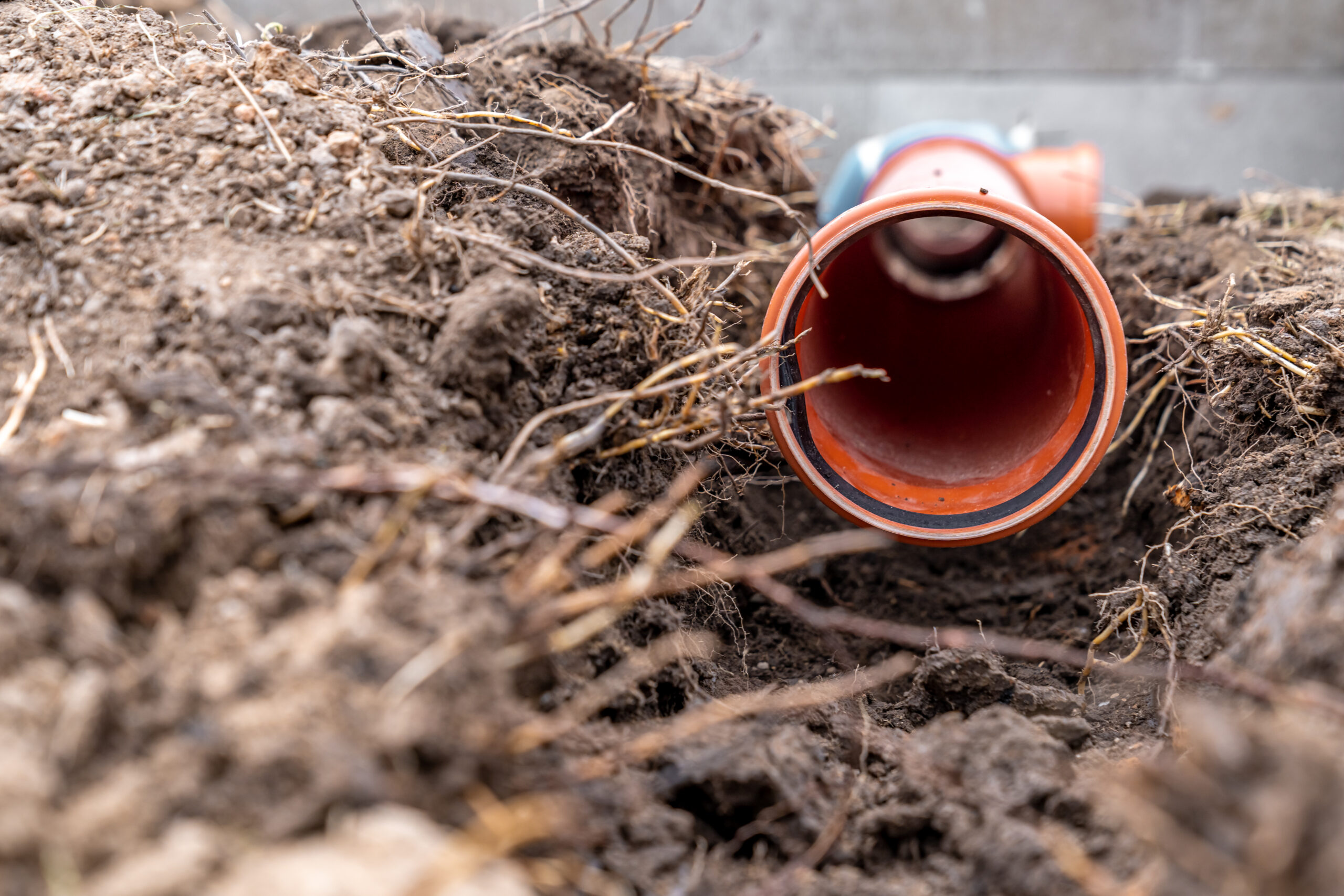Home » A Homeowner’s Guide to Sewer Line Repairs
A Homeowner’s Guide to Sewer Line Repairs

If you’re a homeowner, sewer line repairs can be one of the most frustrating (and expensive) surprises to deal with. A slow-draining sink or an unexpected backyard puddle could be early signs of a much bigger problem: a broken or clogged sewer line. Understanding your options—from traditional excavation to modern trenchless solutions—can save you time, money, and stress.
Signs You May Need Sewer Line Repair
Sewer problems don’t always announce themselves loudly. Some common issues to look out for include:
- Persistent clogs or slow drains
- Gurgling sounds in toilets or sinks
- Sewage odors inside or around your home
- Lush patches of grass near your sewer line
- Water backing up into tubs or basement drains
An often overlooked problem: tree roots in sewer lines. As roots seek out moisture, they find tiny cracks in older pipes and infiltrate them, causing blockages or even total deterioration over time.
What Is Cured-in-Place Pipelining (CIPP)?
One of the most popular trenchless methods is Cured-in-Place Pipelining (CIPP). This process involves inserting a flexible, resin-saturated tube into the damaged pipe. Once in place, it’s inflated and cured using heat or UV light to form a solid, seamless pipe within the old one. It’s a long-lasting solution, often extending the life of your sewer system by 50 years or more.
This type of pipe relining is ideal for repairing leaks, minor cracks, and damage caused by root intrusion, without disturbing your lawn or foundation.
Pipe Lining vs. Sewer Pipe Replacement
It’s important to understand the difference between pipe lining and sewer pipe replacement. Lining is generally used when the existing pipe structure is still intact enough to support the liner. In cases where the pipe is severely collapsed or corroded, full sewer line replacement may be necessary.
The cost to replace a sewer line varies widely depending on the method, location, and extent of the damage. However, trenchless sewer repair methods are often more affordable in the long run, since they reduce labor, landscape restoration, and downtime.
Choosing the Right Drainage Company
When selecting from local drainage companies, look for experience, licensing, and trenchless repair expertise. Not every contractor is equipped to offer CIPP or pipe restoration services, so make sure they specialize in sewer pipe lining or pipe restoration if you’re looking to avoid digging.
It’s also a good idea to request a sewer camera inspection before any work begins. This allows you to see exactly what’s going on underground—and confirms that trenchless is a viable option.
Don’t Dig—Re-Line. With Confidence
Whether you’re dealing with cracked clay pipes, tree root invasion, or just the wear and tear of time, trenchless repair methods like CIPP offer a faster, cleaner, and more cost-effective solution. Say goodbye to torn-up yards and hello to restored peace of mind.
Ready to explore your options? Visit Trenchless Sewer Repair to request a quote or learn more about how modern sewer line repairs can work for your home.
